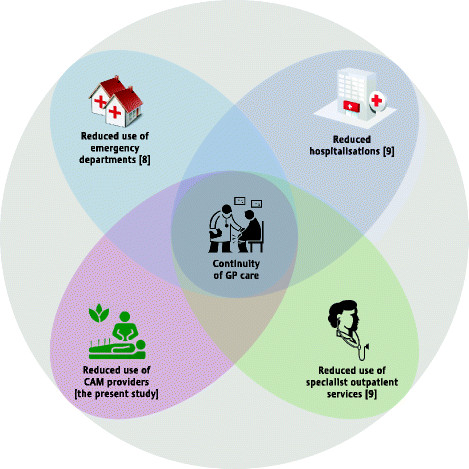Healthcare Reform in Bangladesh: Bridging the Gap Between Rhetoric and Reality
Healthcare reform remains a central theme in Bangladesh’s policy discourse, yet the gap between ambitious goals and actionable outcomes persists. While policymakers emphasize Universal Health Coverage (UHC), primary healthcare (PHC), public-private partnerships (PPPs), digital health, and governance, genuine transformation remains elusive. Here’s a closer look at what’s missing and how to address these challenges.
Current Focus Areas in Healthcare Reform
- Commitment to UHC: Enhancing access, affordability, and quality of care.
- Strengthening PHC: Building a robust foundation for rural and urban underserved populations.
- Promoting PPPs: Leveraging private sector expertise for better healthcare services.
- Advancing Digital Health: Integrating IT and telemedicine to improve accessibility and efficiency.
- Improving Governance: Tackling inefficiencies through better oversight and transparency.
Gaps in Implementation
Despite promising goals, critical gaps hinder progress:
- Institutional Rearrangement:
- Missing: A functional and autonomous health commission to oversee service delivery, financing, and quality assurance.
- Solution: Establish an Autonomous Health Service Commission for operational independence and stakeholder engagement.
- Weak PHC Models:
- Missing: Poorly funded and fragmented PHC systems, with urban GP initiatives stuck in pilot phases.
- Solution: Scale up and institutionalize PHC models for urban slums and rural areas, supported by sustainable financing.
- Inadequate Financing Reform:
- Missing: Heavy reliance on out-of-pocket expenditure, pushing millions into poverty.
- Solution: Implement Social Health Insurance (SHI) or National Health Insurance (NHI) for risk pooling and equity.
- Health Workforce Shortages:
- Missing: Chronic shortages of trained healthcare professionals, particularly in rural areas.
- Solution: Prioritize workforce training, rural deployment incentives, and career development.
- Limited Community Participation:
- Missing: Exclusion of communities from planning and decision-making.
- Solution: Institutionalize mechanisms for community involvement in healthcare planning and feedback.
- Unstructured PPPs:
- Missing: Lack of a standardized framework for public-private collaborations.
- Solution: Develop a robust PPP framework focusing on diagnostics, ICU, and telemedicine services.
- Neglect of Preventive Care:
- Missing: Insufficient focus on health education and NCD prevention.
- Solution: Shift to preventive measures with large-scale public health campaigns targeting emerging health threats.
Barriers to Reform
- Lack of Political Will: Prioritizing short-term gains over systemic reforms.
- Fragmented Policies: Limited coordination between stakeholders.
- Weak Accountability: Inadequate data systems to measure progress.
- Resistance to Change: Institutional inertia and entrenched interests.
- Chronic Underinvestment: Health spending remains below WHO recommendations.
Actionable Steps for Genuine Reform
- Set Clear Priorities: Focus on institutional rearrangement, financing reform, and strengthening PHC.
- Empower Governance: Create an autonomous reform implementation body with independence and accountability.
- Leverage Technology: Standardize PPPs and integrate digital tools for better service delivery.
- Engage Communities: Foster leadership and involve communities in decision-making processes.
- Commit to Investment: Increase budget allocations and prioritize equitable resource distribution.
Conclusion
Bangladesh stands at a crossroads for healthcare reform. Addressing gaps in financing, workforce development, governance, and community participation can transform the system into one that is resilient, equitable, and patient-centered. The time for action is now—moving beyond rhetoric to create a healthcare system that truly serves the people.

